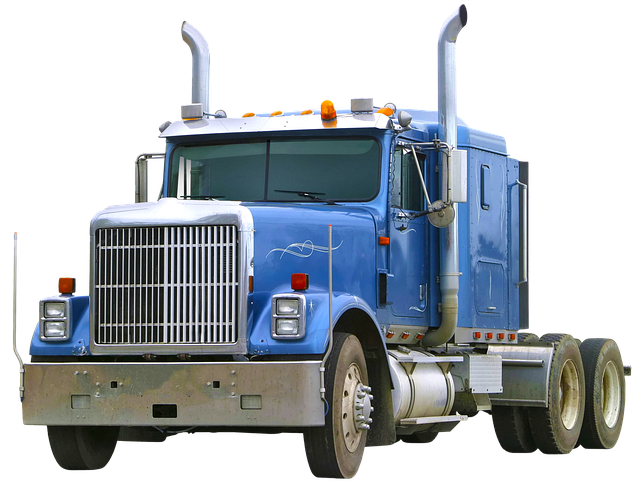Looking to register your car in California? This comprehensive guide breaks down the process step-by-step. From understanding key requirements and gathering essential documents, to performing a crucial VIN verification, this article has you covered. Learn how to visit a local DMV office or complete registration online. Discover the importance of VIN verification in ensuring a smooth and legal process.
- Understand California Vehicle Registration Requirements
- Gather Necessary Documents for Car Registration
- Perform VIN Verification: Steps and Importance
- Visit a California Department of Motor Vehicles (DMV) Office
- Complete the Registration Process Online or In-Person
Understand California Vehicle Registration Requirements

Before diving into the registration process, it’s crucial to understand California’s vehicle registration requirements. These include verifying the Vehicle Identification Number (VIN) as a critical first step. The VIN is a unique code that identifies your car and is essential for official record-keeping. In California, this verification process ensures that every vehicle on the road meets safety standards and is properly documented.
A valid VIN inspection is typically done through a mobile vin verifier or during a visit to a designated inspection station. This step involves checking the vehicle’s history, including any previous accidents or outstanding issues, to ensure it complies with state regulations. By completing this requirement, you’ll be one step closer to legally registering your car in California.
Gather Necessary Documents for Car Registration

Before you begin the car registration process in California, ensure you have all the required documents handy. One crucial document is the Vehicle Identification Number (VIN) verification, which can be done through a mobile vin verifier or during a vin inspection. This unique 17-character code identifies your vehicle and is essential for registering it legally. Gather your vehicle’s title, registration certificates from previous states (if applicable), proof of insurance, and a valid driver’s license.
Additionally, you’ll need to provide proof of residency, such as a utility bill or bank statement with your California address. For out-of-state residents temporarily living in CA, temporary accommodation receipts can suffice. Having these documents prepared will streamline the registration process, making it easier for you and the California Department of Motor Vehicles (DMV) staff.
Perform VIN Verification: Steps and Importance

Before registering your car in California, performing a Vehicle Identification Number (VIN) verification is a crucial step. This process involves checking the VIN’s accuracy and matching it with the vehicle’s make, model, year, and other specifications. You can do this by visiting the California Department of Motor Vehicles (DMV) website or using a third-party service like a mobile vin inspection tool. A simple online lookup or a quick check by a mobile vin verifier can ensure that your car’s VIN is legitimate and matches the vehicle you own.
The importance of VIN verification lies in its ability to prevent fraud, ensure vehicle history accuracy, and guarantee that you’re registering the correct car. A unique VIN acts as a digital fingerprint for your vehicle, providing critical information about its past, including ownership history, accident records, and any mechanical issues. By verifying this number, you can protect yourself from potential scams or errors in registration, ensuring a smooth and legitimate process when registering your car in California.
Visit a California Department of Motor Vehicles (DMV) Office

To begin the registration process for your car in California, start by visiting a local Department of Motor Vehicles (DMV) office. This is where you’ll conduct essential steps such as providing necessary documents and undergoing a Vehicle Identification Number (VIN) verification. The VIN, unique to every vehicle, plays a crucial role in the registration procedure, ensuring that all cars on California roads are accurately identified and documented.
At the DMV, you can expect a straightforward process for scheduling an appointment, which is often recommended to avoid long wait times. Some offices even offer the option of a mobile VIN verifier or mobile vin inspection, providing added convenience for busy individuals. This service allows you to have your vehicle’s VIN checked off-site, streamlining the registration experience.
Complete the Registration Process Online or In-Person

You have the option to complete your California car registration either online or in-person at a DMV office. Both methods involve several steps, including providing essential documents and passing a vehicle inspection, commonly referred to as a VIN (Vehicle Identification Number) verification. If you choose the online process, you’ll need to input your VIN to initiate the check, ensuring it matches the details of the vehicle you’re registering. This step is crucial for accurate record-keeping.
For those opting for an in-person approach, a mobile VIN inspection service might be beneficial. These services allow a trained professional to conduct the VIN verification at your convenience, whether at home or work. This option can save time and effort compared to visiting a DMV, especially if you have busy schedules. Ensure you bring all necessary documents, including proof of insurance and registration from the previous state, to streamline the process.
Registering a car in California involves understanding state requirements, gathering essential documents, and completing the process through the Department of Motor Vehicles (DMV). A crucial step is performing a Vehicle Identification Number (VIN) verification for accurate record-keeping. Once all necessary steps are followed, whether online or in-person at a DMV office, you’ll have successfully registered your vehicle, ensuring compliance with California’s regulations.
